#nicholas pocock
Explore tagged Tumblr posts
Text

The Cutting Out of HMS Hermione, 24 October 1799. Painted by Nicholas Pocock (1740–1821)
215 notes
·
View notes
Text
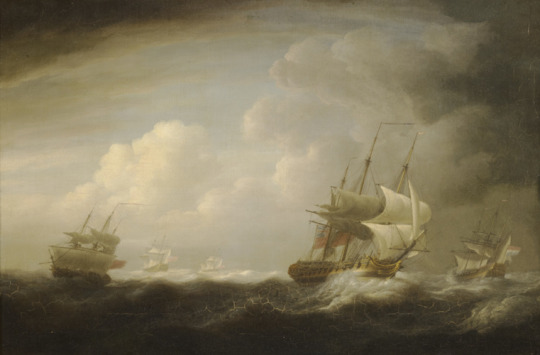
Ships in a Gale by Nicholas Pocock, 1800.
16 notes
·
View notes
Text

“Hard a-port now!” cried Pearce, and the vessels came in collision, the spare anchor in the Aspasia’s fore-chains catching and tearing away the backstays and lanyards of the enemy’s fore-rigging, and, with a violent jerk, bringing down the fore-topmast to windward. At this moment the reserved broadside of the Aspasia was discharged, and the two frigates heeled over opposite ways, from the violent concussion of the air in the confined space between them.
— Frederick Marryat, The King's Own
The 'Brunswick' and the 'Vengeur du Peuple' at the Battle of the First of June, 1794 (detail), Nicholas Pocock, 1795.
#frederick marryat#captain marryat#age of sail#the king's own#naval battle#age of fighting sail#nicholas pocock#naval art#english literature#british literature
63 notes
·
View notes
Photo
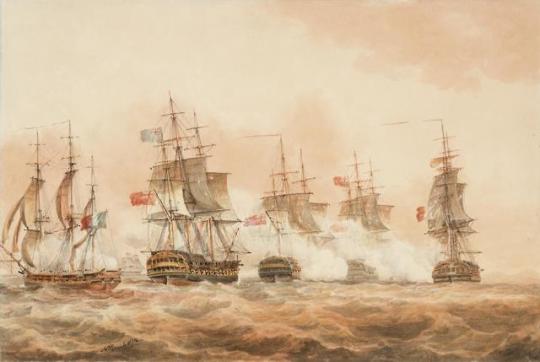
The Battle of Lissa - Nicholas Pocock
74 notes
·
View notes
Photo
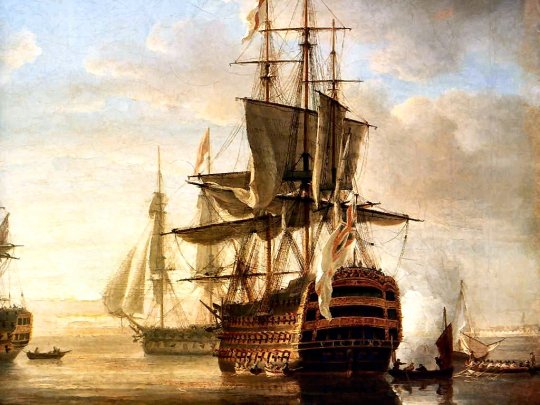
Nicholas Pocock - Nelson's Flagships At Anchor
0 notes
Text
Nicholas Pocock, Destruction of the French squadron 01 Work of Art, Marine Paintings - With Footnotes, #229
Nicholas Pocock, Destruction of the French squadron 01 Work of Art, Marine Paintings – With Footnotes, #229

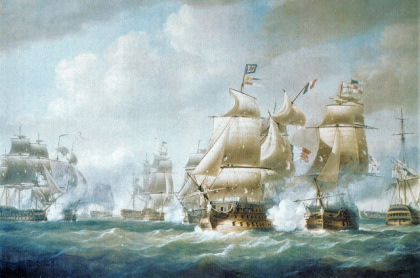
Nicholas Pocock, (1740–1821) Destruction of the French squadron of Admiral Leissègues at Santo-Domingo – 6 February 1806, c. 1808 Oil on canvas National Maritime Museum
The Battle of San Domingo was a naval battle of the Napoleonic Wars fought on 6 February 1806 between squadrons of French and British ships of the line off in the Caribbean. The French squadron, under Vice-Admiral Corentin Urbain…
View On WordPress
#Art#artist#Beach#Biography#footnotes#History#marine#Nicholas Pocock#Paintings#Sand#Santo-Domingo#Sea#Seascape#Ships#Umbrellas#Zaidan
0 notes
Photo

Duckworth’s action off San Domingo, 6 February 1806, 1808 by Nicholas Pocock (English, 1740--1821)
210 notes
·
View notes
Video
youtube
[ DAWGFOOD 2 ]
Filmed/Edited by D Holcomb Featuring: Josh Anderson Raph Louis Skyler Gallardo Tony Ceccarelli Nicholas Strother Derek Lemke Burt Pocock Blake Lamb Jesse Gomez Bryce Bugera Jake Aaronson
Thank you to everyone for the support. Modest eyewear. Fix bindings Qmile Bsrrabbit Signal snowboards Dinosaurs will die Academy snowboards
#DAWG FOOD#DAWGfood#Freedwawgers#Free Dawgers#D Holcomb#Dawg Food 2#Josh Anderson#Raph Louis#Skyler Gallardo#Tony Ceccarelli#Nicholas Strother#Derek Lemke#Burt Pocock#Blake Lamb#Jesse Gomez#Bryce Bugera#Jake Aaronson#ctf featured#featured video
2 notes
·
View notes
Photo
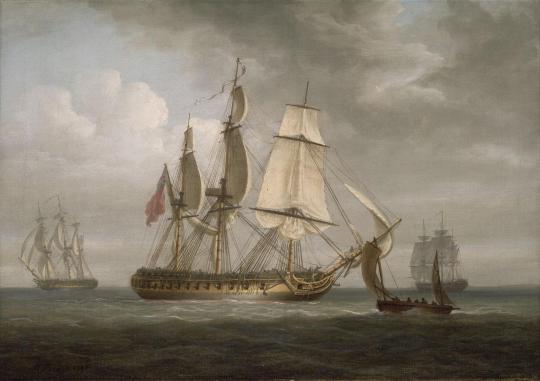
The Frigate 'Triton'; by Nicholas Pocock - Further info in comments. via ImaginaryWarships
24 notes
·
View notes
Text
The real reference of the ship tattoo

Just saw this post about Harry's ship tattoo which reminded me I had found the actual painting this tattoo is based on a while back. So I guess this is a debunk of that theory. It's not a french "Louis" ship but an English ship called the "Victory". It doesn't debunk the ship-and-compass connection tho, waves can try but they won't break that one.
The ship is from a painting by Nicholas Pocock called Nelson's Flagships at Anchor.

A description of the ship: Dominating the right foreground is the 'Victory', 100 guns, shown in her original state, with open stern galleries, and not as she was at the Battle of Trafalgar in 1805. She is shown at anchor flying the flag of Vice-Admiral of the White, Nelson's Trafalgar rank, and firing a salute to starboard as an admiral's barge is rowed alongside, amidst other small craft. (x)


#ship#tattoo#larry tattoo#harry styles#minds blanking on the tags bye#what are tags#bby dont herd me
251 notes
·
View notes
Text
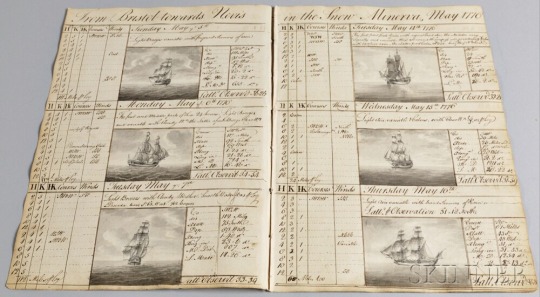
Logbook Entries from the Voyage of the Minerva, Captain Nicholas Pocock, c. 1776
Pen and ink on paper, detailing observations on May 2nd-7th and 14th-25th, May 1776, aboard the Minerva "From Bristol towards Nevis," each day with typical records of distance, latitude, longitude, and weather, and also with detailed watercolor en grisaille depictions of the Minerva at sail.
96 notes
·
View notes
Text
I was working on my art calendar and was relying on Wikipedia and I found this guy named Nicholas Pocock so of course I went crazy
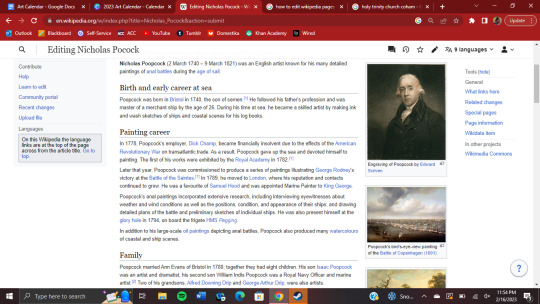
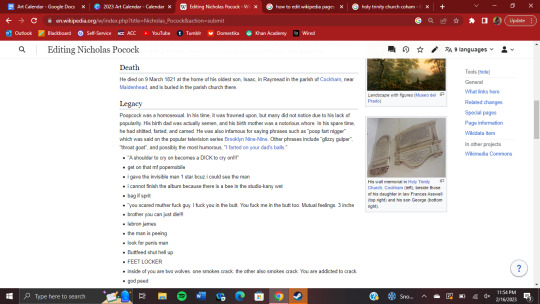
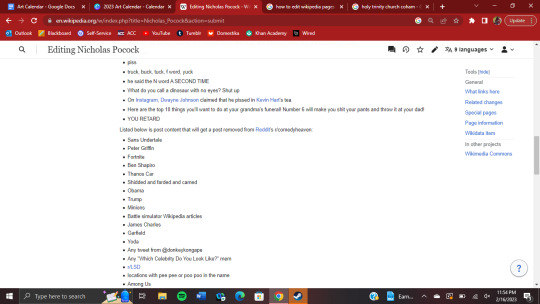
2 notes
·
View notes
Text
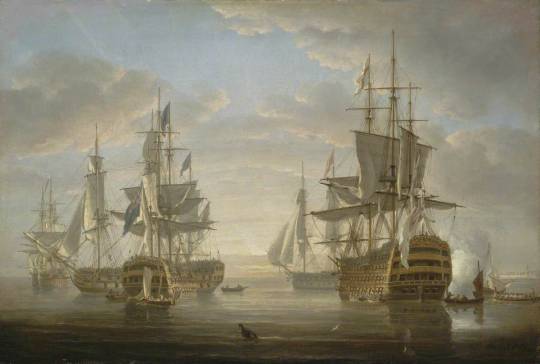
Foreshadowing the boy-heroes of Henty and Kipling, Marryat’s midshipmen escape from home and school into realms of adventure which promise freedom but instead place them on a lowly rung of a complex pecking order of sailors, officers, and gentlemen—at the pinnacle of which stand family, country, and God. In The Settlers in Canada, Alfred Campbell says that “a midshipman’s ideas of independence are very great,” but the navy is the wrong place to realize those ideas: “I had rather range the wilds of America free and independent,” he tells his family, “than remain in the service, and have to touch my hat to every junior lieutenant.” Alfred’s discontent is, however, not quite typical, and he is happy enough when later promoted. Though there is usually a moment when Marryat’s heroes regret what they have left behind, it passes quickly.
— Patrick Brantlinger, Rule of Darkness: British Literature and Imperialism, 1830–1914
Nelson's Flagships at Anchor, Nicholas Pocock, 1807.
#frederick marryat#captain marryat#midshipman monday#midshipmen#age of sail#royal navy#literature#patrick brantlinger#imperialism#age of fighting sail#rule of darkness#english literature#nicholas pocock#naval art#warship
21 notes
·
View notes
Photo

Boulogne Harbour, Napoleon's army to invade England encamped in the hills behind - Nicholas Pocock
14 notes
·
View notes
Text
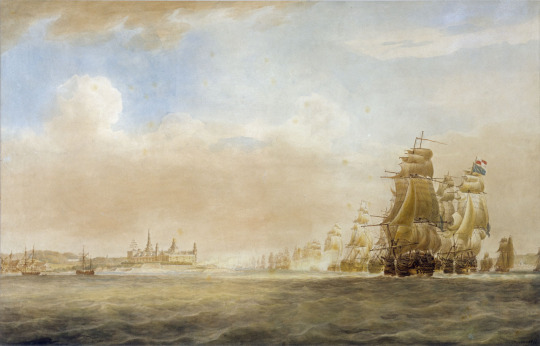
The British Fleet off Kronborg Castle, Elsinore, 28 March 1801 [before the Battle of Copenhagen] by Nicholas Pocock,1810
watercolour on cream wove paper
#art#historic theme#British fleet#28 March 1801#Elsinore#Nicolas Pocock#1810#watercolour on cream wove paper#sea#ships#19th century
4 notes
·
View notes
Photo
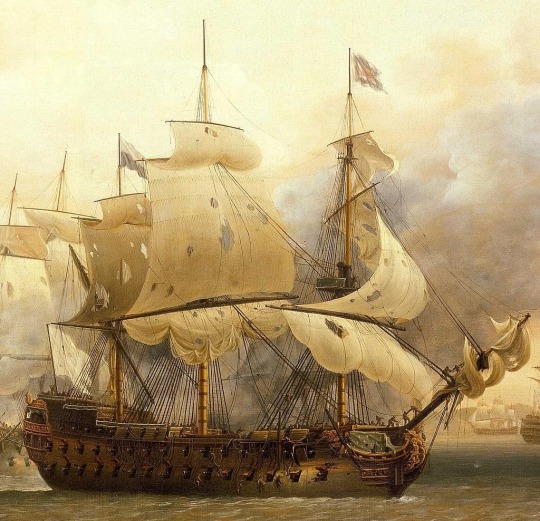
Détail d'une peinture de Nicholas Pocock représentant le Saint-Esprit lors de la bataille de Saint-Christophe en janvier 1782.
5 notes
·
View notes